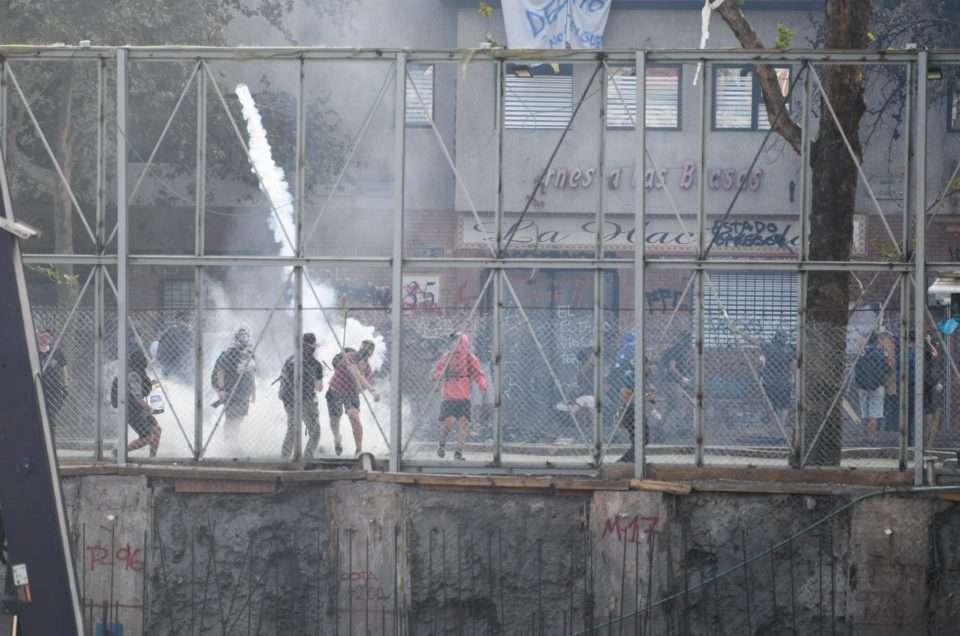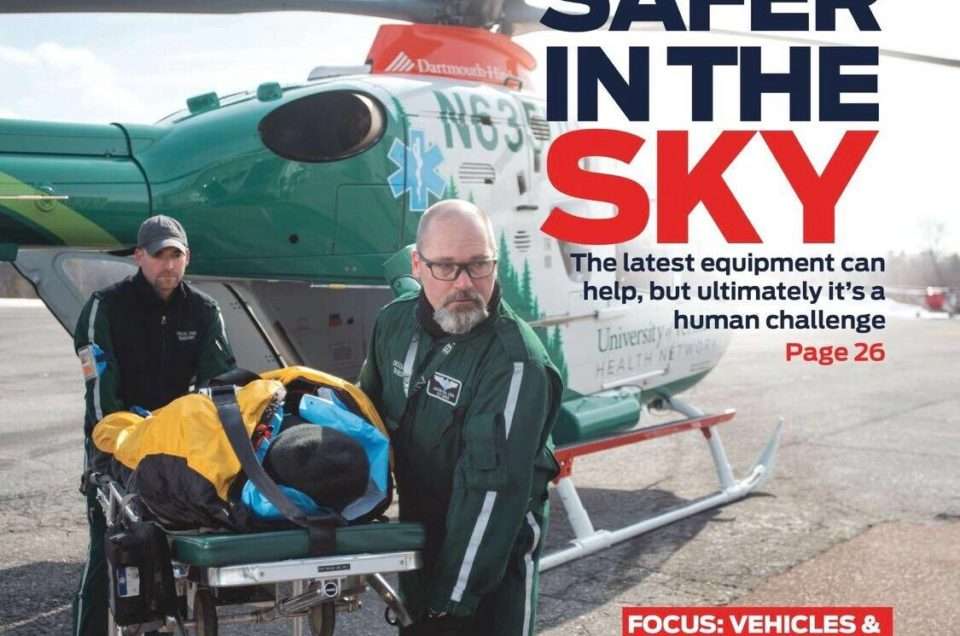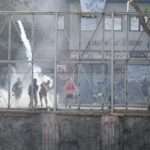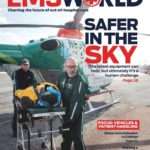 |
| A Burmese fisherman using the traditional foot paddling technique, Inle Lake, Myanmar. |
Inle Lake is one of the must-see places in Myanmar. Perched at 2900′, the lake region was noticeably cooler than the scorched plains we had just come from. We based ourselves in the little town of Nyaungshwe (not to be confused with Shwenyaung) on the northern edge of the lake. It’s the main launching point for exploring the lake. The constant “You want moto?” yelled at foreigners in Asia changed to “You want boat?”
 |
| A jeweler hammering a silver bowl. |
 |
| Jeweler’s bench. |
As Miriam and I were celebrating 5 years (yikes, 5 years, really?!), we stayed at a very nice hotel, the Viewpoint, run by a Swiss guy. This was by far the nicest place we stayed the whole time. Everything worked, the food was great, the design was fresh and interesting, and it even had an ‘eco-fridge’. The eco fridge was basically a clay pot surrounded by rice husks. It was however hidden inside the coffee table, so we didn’t find it until our third day. The locally owned hotels are still learning how to run a high end place and it was nice to stay in a place that actually felt like it was worth the high prices we were paying everywhere. Plus, for whatever reason, we got upgraded, so that helped.
 |
| A village on Inle Lake, Myanmar |
We headed out early onto the lake, zipping past the fishermen, using their unique stand up foot paddling technique to maneuver their boats. We were making our way to the ‘floating villages’, which were in fact, not floating, but built on stilts or mounds of dirt. The floating part was the gardens.
 |
| Floating gardens, Inle Lake, Myanmar |
Built on rafts of the invasive water hyacinths, they grew everything from tomatoes to large gourds. The floating masses are buoyant enough to support a person and are tended by farmers from their boats. Having access to year round water makes the lake a perfect place for agriculture in a country that lacks rain for large portions of the year. With all good things there are problems though. As the floating gardens spread, combined with the silty runoff from the surrounding clear cut mountains, the shallow lake is slowly filling in.
 |
| Woman offering turmeric powder in a small market. |
 |
| Tea seller |
 |
| Puppets hang in a market. Marionettes and puppetry are very popular with the Burmese. |
Stopping in at a few of the major attractions, we saw a nice little market in a town sliced by canals. We saw a giant pagoda, complete with Buddha blobs, statues that were so covered in gold leaf they were completely unrecognizable as Buddhas. The pagoda also had a pair of ceremonial boats with large golden ducks on their bows.
 |
| A Buddha sculpture so covered in gold leaf it has become a blob. |
 |
| Ceremonial boat |
Fabrics play a large part in Burmese culture, almost all woven in some way or another. Weaving the fibrous lotus stems is a process that I’ve never seen before and can create fabric with the texture of rough silk. I believe this is a unique process to Inle Lake.
 |
| Weaving lotus stems |
 |
| Weaving lotus fibers |
Also on tap was a stop at the cigar rolling house, where the outer leaf is cheroot, similar to tobacco, but smaller and thinner in size. I believe this is also the the leaf they use to roll up the betel nut, which everyone chews, resulting in most streets, paths, and walkways being covered in sickly red spit.
The one place I was most excited about seeing was the ‘Jumping Cat Temple’. Monks have taught their tiny felines to jump through hoops. No easy feat. After waiting for a long while with lots of other tourists, watching the dozen or so cats snooze around the pagoda, it became clear that there would be no show today, or that they don’t do the jumping anymore. Either way, we left disappointed.
Back in town, I decided it was time for a hair cut. I had been saving up (i.e. not cutting my hair) in preparation for our trip to Asia. Over the years I have thoroughly enjoyed the ‘barber shacks’, side walk barber’s chairs, awkward salons, and other hair cutting places that have never cost me more than $3. It’s always an experience to be placed in the hands of someone who doesn’t speak your language and you’ve just entrusted to cut your hair. Almost always an old man, they have at times shaved my forehead, ears, and given head massages. There have been a few terrible mistakes, but that comes with the territory. The worst of them ended with me looking like a Korean middle-schooler, not a good look for me. We had seen a barber, ‘Hair Cat’, on our way to our hotel and thought it looked like a suitable place for the latest experiment. The shack was just large enough for a single barber’s chair. Going through the motions, my hair was cut and washed, and my face was shaved by a nice man of about 40 years old.
Not my best haircut, but well within the norms of Asian haircuts. When it was all finished I asked for the bill, expecting it be within the standard $3-7 range. I even thought it might get as high as $15, factoring in how expensive Myanmar was turning out to be. Turning around, the barber mumbled “$30″…Unsure of what I had just heard, I asked again and got the same reply, “$30″…now gasping in shock, I am sure he must have mistaken his numbers in English. “You mean $3, right?” I ask, catching an equally shocked Miriam out the corner of my eye. “Yes, $30.” Fumbling in my pocket, I pull out my wad of cash, so struck by the absurd amount that I can’t even muster a protest. After paying, we stumbled back to the hotel still unable to believe that I have just paid more than I do in the US for a haircut.
More to come…
Next up – Yangon
Previously – Bagan and the temples, Mandalay























